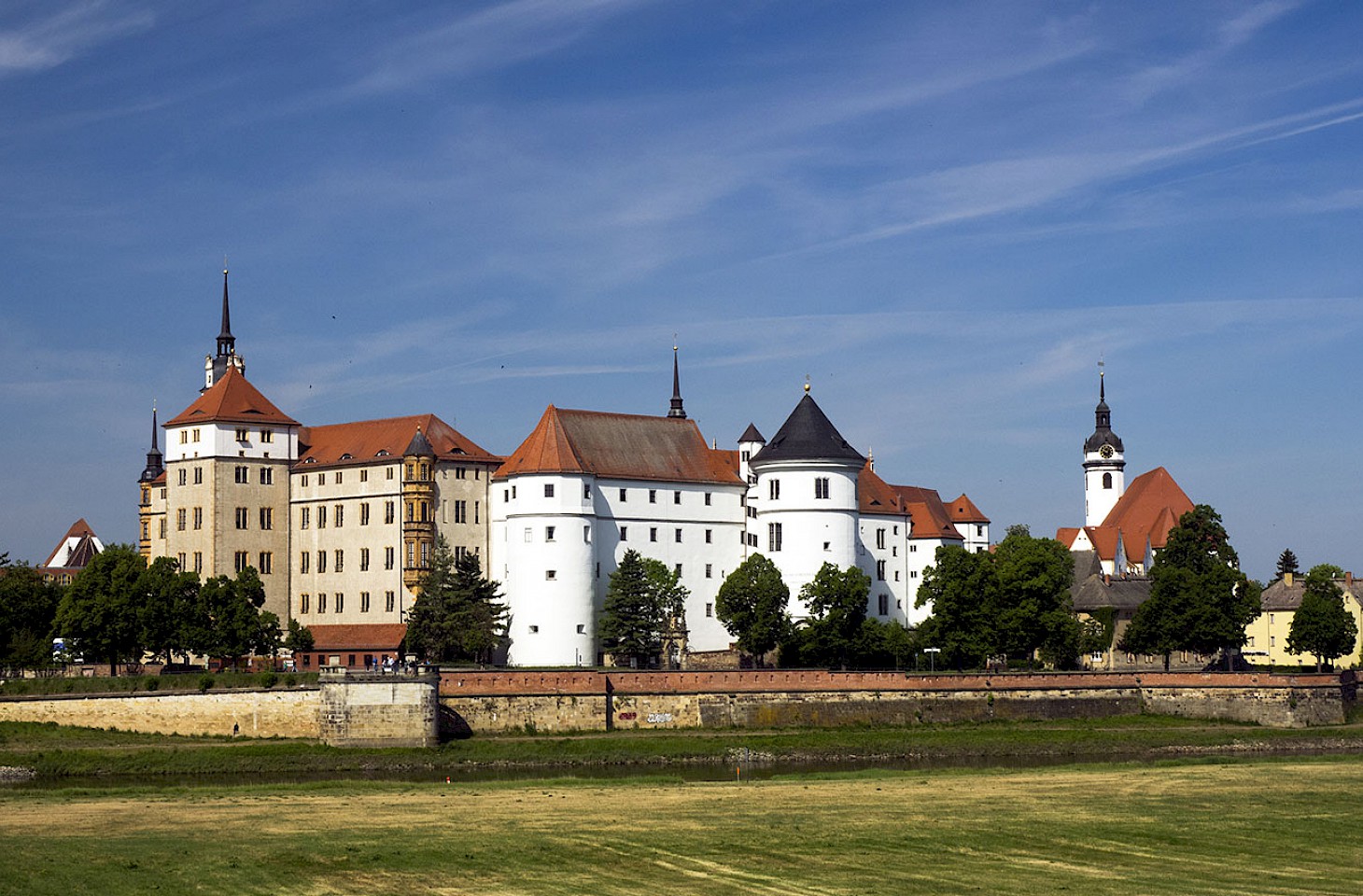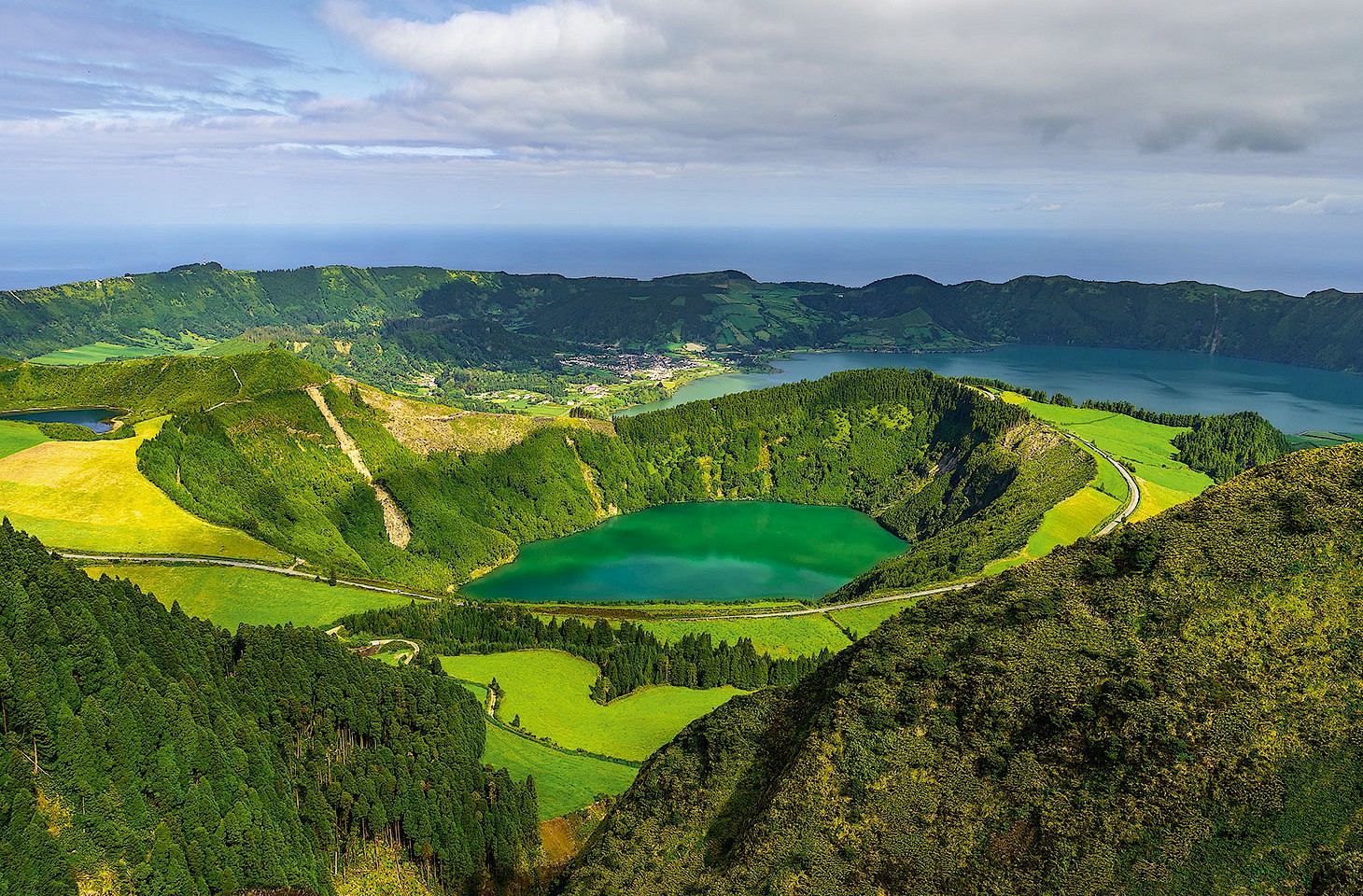Geology and history have often conspired to favour the English resort of Ilfracombe. At least they did for many decades, until British tourists realised that cheap flights to Spain promised a more reliable mix of sun and sangria than Ilfracombe could offer. The trains to Ilfracombe stopped running in 1970, and the small town on the north coast of Devon slipped into benign obscurity.
Until this autumn, when it suddenly stirred a little controversy in the art world. It was Verity who sparked the debate. Verity is a twenty-metre-high bronze statue of a pregnant woman that has just been plonked on the edge of Ilfracombe harbour. Artist Damien Hirst, who has a home in the Devon resort, has lent Verity to Ilfracombe for a fixed term of twenty years. It is the latest in a series of initiatives by the local council to help place Ilfracombe on the map. An earlier venture was the town’s Landmark Theatre with its distinctive twin cones.
But there was a time when Ilfracombe had no need to woo visitors. They came in their thousands. The accident of the Napoleonic Wars had the effect of clipping English affections for continental travel. The London media moaned about how the English were now confined to “an island prison.”




